Sansup Garden (산숲가든)
12.5Km 2021-03-24
3929, Chunghyo-ro, Andong-si, Gyeongsangbuk-do
+82-54-823-3333
It is a place where you can enjoy generous servings as well as the taste of healthy Korean dishes. The best menu at this restaurant is Thistle hot stone pot rice. This Korean dishes restaurant is located in Andong-si, Gyeongsangbuk-do.
Spectacle de la danse des masques, Hahoe Byeolsingut Tallori (하회별신굿탈놀이 상설공연)
12.6Km 2020-04-28
3-15, Hahoejongga-gil, Andong-si, Gyeongsangbuk-do
- Ligne Info Tourisme : +82-54-1330 (anglais, japonais, chinois)
- Pour obtenir plus d'info : +82-54-854-3664 (anglais)
Le Byeolsingut Tallori du village de Hahoe a été désigné comme patrimoine culturel intangible numéro 69. Il est joué depuis près de huit cents ans et se compose de 12 actes de danses dynamiques incluant des parties chantées ou parlées faisant la satire de moines corrompus et de nobles déchus. De façon plus générale, cette danse des masques évoque les relations entre classes dominantes et dominées à travers les joies et les peines de personnages représentatifs du peuple, soulignant les irrationnalités de la société de l’époque. La diversité des masques et la mise en scène ajoute un intérêt supplémentaire à ce spectacle d’une durée d’une heure environ.
Iljik Sikyuk Sutbul Garden (일직식육숯불가든)
12.8Km 2021-03-24
2474-9, Pungil-ro, Andong-si, Gyeongsangbuk-do
+82-54-858-0103
It is a house where you can enjoy Korean traditional bulgogi. This Korean dishes restaurant is located in Andong-si, Gyeongsangbuk-do. The representative menu is bulgogi hot pot.
Falaise de Buyongdae (부용대)
12.9Km 2021-05-25
72, Gwangdeoksolbat-gil, Pungcheon-myeon, Andong-si, Gyeongsangbuk-do
+82-54-852-6800
La falaise de Buyongdae mesure 64 mètres de haut et se situe à l’extrêmité de la chaîne de montagnes Taebaek. Le sommet offre une vue panoramique du village de Hahoe à Andong. Son nom vient d’une ancienne histoire chinoise. Le nom de Buyongdae, qui signifie lotus, lui aurait été donné à cause de la configuration du village de Hahoe en forme de fleur de lotus. Par conséquant, c’est depuis la falaise que l’on a la meilleure vue de Hahoe. A proximité de Buyongdae se trouve la maisone de Ogyeonjeongsa, la maison de Gyeomamjeongsa et l’académie de Hwacheon Seowon.
Selpeu Jipbap Sarang (셀프집밥사랑)
12.9Km 2021-03-24
46, Cheonnyeonsupdong-ro, Andong-si, Gyeongsangbuk-do
+82-54-857-8100
It is a place where you can enjoy various Korean side dishes at once. This Korean dishes restaurant is located in Andong-si, Gyeongsangbuk-do. The representative menu is homemade-style set menu.
Isuok (이수옥)
12.9Km 2021-03-24
38, Cheonnyeonsupdong-ro, Andong-si, Gyeongsangbuk-do
+82-54-858-6149
It is a noodle soup with meat garnish on top. This Korean dishes restaurant is located in Andong-si, Gyeongsangbuk-do. The most famous menu is noodles.
Ecole des Bonnes Manières de Andong (안동예절학교)
12.9Km 2023-04-07
434, Gamae-ri, Waryong-myeon, Andong-si, Gyeongsangbuk-do
+82-54-841-0511
L'Ecole des Bonnes Manières de Andong, située dans la ville de Andong, est un haut lieu de la culture confucianiste en Corée. Elle permet de découvrir les bonnes manières du passé en Corée.
Vous pourrez aussi y apprendre l'étiquette lors de la cérémonie du thé et découvrir les mélodies traditionnelles à travers des instruments tels que le Janggu (tambour à double face) et le Gayageum (harpe coréenne à douze cordes) ainsi que découvrir les jeux folkloriques comme le Yut-nori et le cerf-volant. L'école propose un grand nombre de programmes: danse du masque, fabrication d'objets en papier traditionnel, cuisine traditionnelle, mariage traditionnel et rafting sur la rivière Nakdonggang.
Plusieurs sites touristiques se trouvent non loin de là comme l'école confucianiste Dosan Seowon, le musée des sciences sur la forêt et le centre littéraire Yi Yuk-sa.
Maison Ogyeonjeongsa (하회옥연정사)
13.0Km 2017-05-24
86, Gwangdeoksolbat-gil, Pungcheon-myeon, Andong-si, Gyeongsangbuk-do
La Maison Ogyeonjeongsa, située au pied de la falaise Buyongdae dans le village de Hahoe à Andong, a été construite par Ryu Seong-yong, qui fut ministre durant la période Joseon. Sa construction a débuté en 1576 (9ème année du règne du roi Seonjo) et s’est achevée en 1586 (19ème année du règne du roi Seonjo). C’est dans cette maison que furent écrites les mémoires de guerre « Jingbirok » après l’Imjinwaeran, l’invasion de la Corée par le Japon en 1592. Pour vous rendre à la maison Ogyeonjeongsa, il vous faut traverser la rivière en ferry. En dépit de l’apparence modeste de la demeure, la beauté sans prétention de cette maison coréenne se fond parfaitement dans le magnifique cadre naturel des falaises, de la rivière et de la forêt.
* Ecole Sesimjae
Cette école privée est dotée en son centre d’un plancher en bois Gamrokheon, flanqué de chambres de chaque côté.
* Maison Wolnakjae
Wolnakjae signfie « attendre un ami ». C’est dans cette maison que le ministre Ryu Seong-yong a écrit ses mémoires de guerre Jingbirok.
* Centre d’activités
Sesimjae (deux chambres de quatre personnes maximum chacune, plancher en bois Gamrokheon)
Wolnakjae (une chambre pour huit personnes maximum, plancher en bois Aeoheon)
Okyeon pavilion [Korea Quality] / 옥연정사 [한국관광 품질인증]
13.0Km 2023-04-13
86, Gwangdeoksolbat-gil Pungcheon-myeon, Andong-si, Gyeongsangbuk-do
+82-54-854-2202 / +82-10-4520-3640
Ogyeonjeongsa House was established by Ryu Seong-yong (pen-name: Seoae, 1542-1607), a minister of Joseon, with the help of Buddhist monk Tanhong, as a place to study and educate his students. After building Wonjijeongsa House, Ryu wanted to build another house at the foot of Buyongdae Cliff amid a tranquil environment away from the village, but due to his financial situation he was unable to complete the building by himself. Then, the monk Tanhong helped him build Ogyeonjeongsa House, which took ten years (1576 to 1586) to complete, when Ryu was 45 years old. Later, Ryu Seong-yong was able to share warmth with his brother (Gyeomam), who lived in nearby Gyeomamjeongsa House. Ryu later lost his house in Hahoe in the great flood of the Nakdonggang River in 1605, and retired to Ogyeongjeongsa House where he wrote Jingbirok (The Book of Correction, National Treasure 132), a memoir of the Imjin War (Japanese Invasion of Korea in 1592). The house’s guestrooms include Sesimjae (meaning ‘having a mind to this place to achieve at least one in ten thousand things,’ inspired by the I Ching or The Book of Changes), which was used by Ryu as a schoolhouse and has two small rooms between the maru gamheonrok (wooden floor, meaning ‘looking up at the sky and down at the blue water,’ inspired by Wang Xizhi’s poetic diction); Wonlakjae (meaning ‘waiting for a friend’s visit,’ inspired by the Analects of Confucius), in which Ryu himself resided and wrote Jingbirok; and the maru aeoheon (meaning ‘I also love my hut,’ taken from a poem by Chinese poet Tao Yuanming), which measures two kan (a unit of measurement referring to the distance between two columns).
Imyeonjae Head House [Korea Quality] / 흥해배씨 임연재종택 [한국관광 품질인증]
13.1Km 2020-09-03
51, Hyanggyo 1-gil, Andong-si, Gyeongsangbuk-do
+82-10-9077-7216
The Lim Yeon-Jae Head House of Heunghae Bae's Clan was built by Bae Cheon-Seok (1511~1573), Vice Minister of War, in 1558 in Domok-ri, Wolgok-myeon, Andong but was moved to its current location in Songcheon-dong, Andong in 1973 due to the construction of Andong Dam. The house has inherited the tradition of Baekjukdang Bae Sang-Ji (1351~1413) who refused to serve two kings out of loyalty to the Goryeo Dynasty. Bae Sang-Ji is the first ancestor of Heunghae Bae's Clan who settled in Andong. The Lim Yeon-Jae Head House was designated for the permanent worship of the spirit of Governor Bae Sam-Ik (1534~1588, pen name: Lim Yeon-Jae, nickname: Yeowoo) who was the son of Bae Cheon-Seok and a student of Toegye Yi Hwang and who served as the Governor of Hwanghae-do after passing the civil service examination. The house was nicknamed Geumyeokdang after the pen name of Bae Yong-Gil (1556~1609, nickname: Myeongseo), who was a son of Lim Yeon-Jae and who served as secretary of Chungcheong-do Province after passing the civil service examination and fought as a member of the army for the cause of justice during Japan’s invasion of Korea in 1592. With the antique charm of a traditional Korean house, the Lim Yeon-Jae Head House boasts of beautiful walls, stairs, eaves, etc. The windows and doors of the house decorated in the construction style of the early Joseon Dynasty are especially beautiful. In the head house is the time-honored space used as a study since the establishment of the house, which has been opened recently as a little library to accommodate the neighbors who love reading by inheriting the tradition of the house with a collection of many books and opening a bookstore. The little library of Baekjuk Historic House is furnished with more than 5,000 books in different genres including novel, humanities, history, cartoons, and books for infants. You can enjoy time travel to the past through the experience of the old house and by reading books in the library. An air-conditioning/heating system has been installed in every room, with communal bathrooms equipped with the latest facilities positioned here and there in the house for the convenience of visitors.
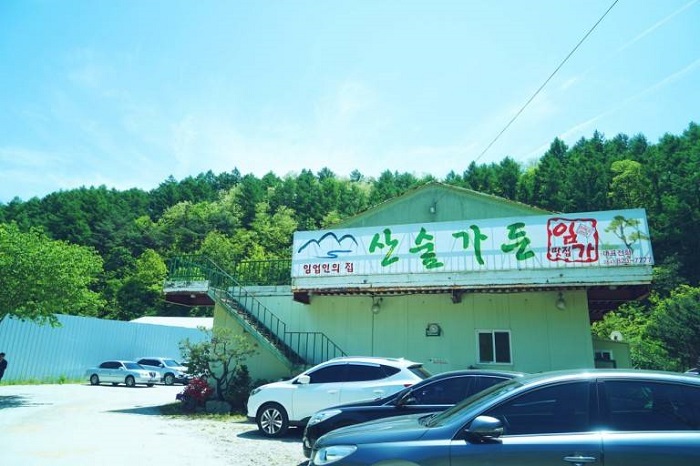

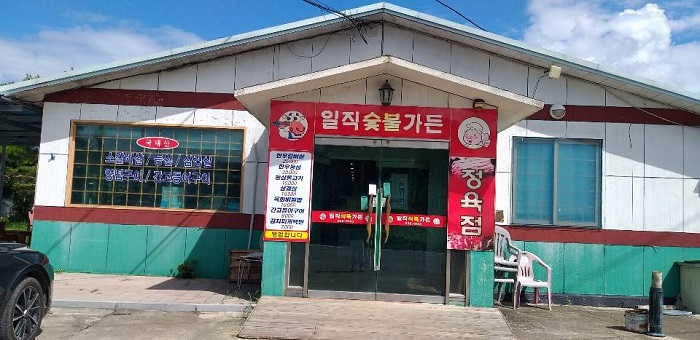
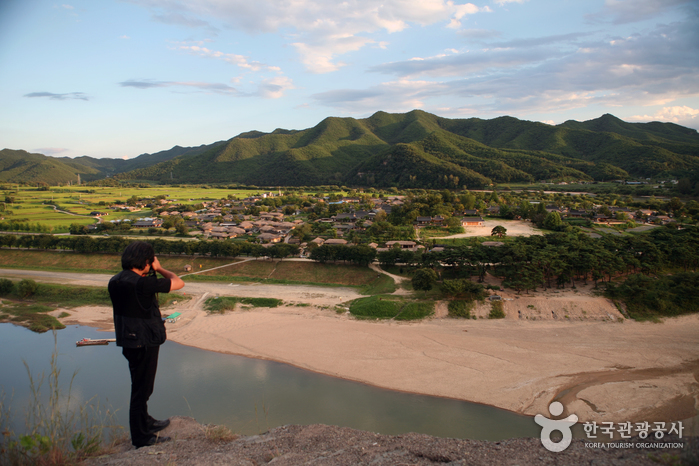
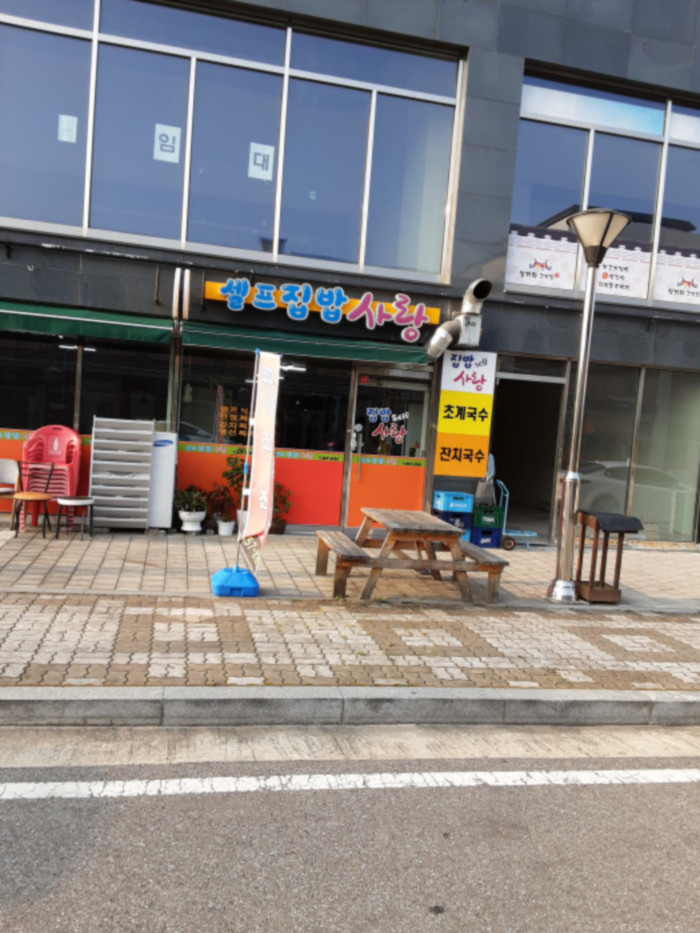
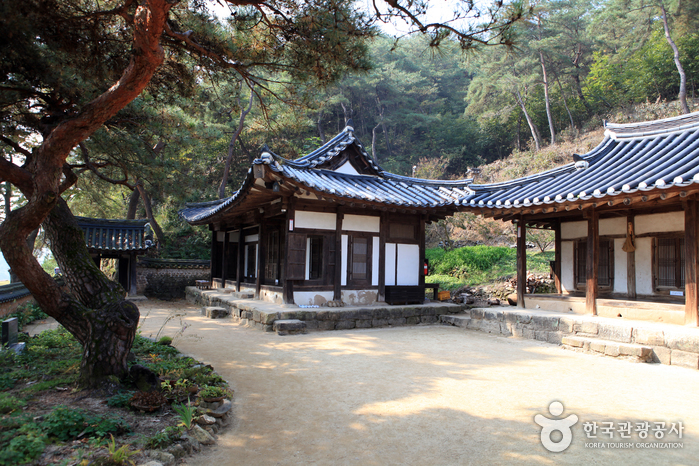
![Okyeon pavilion [Korea Quality] / 옥연정사 [한국관광 품질인증]](http://tong.visitkorea.or.kr/cms/resource/50/2578050_image2_1.jpg)
![Imyeonjae Head House [Korea Quality] / 흥해배씨 임연재종택 [한국관광 품질인증]](http://tong.visitkorea.or.kr/cms/resource/84/2627384_image2_1.jpg)
 Français
Français
 한국어
한국어 English
English 日本語
日本語 中文(简体)
中文(简体) Deutsch
Deutsch Español
Español Русский
Русский